
Overclocking
With 5GHz seemingly an easy target for our Core i7-7700K, we set the voltage at 1.4V and worked backwards till we found instability, having previously found 5.1GHz out of reach through needing too much voltage. The MSI Z270 Gaming Pro Carbon needed 1.36V to stay stable at 5GHz, but the ROG Strix Z270F Gaming smashed this amount, needing only 1.33V - the lowest we've seen so far. This made a tangible difference in the temperatures too, which fell by several degrees as we tweaked the voltage in AI suite downwards. It needed just 1.21V for stability at 4.8GHz too.Software
There haven't been too many changes with Asus's software or EFI, but this isn't a bad thing. MSI and Gigabyte have definitely made big strides here, and maybe even get the better of Asus in some areas - MSI's Command Centre is a little cleaner than Asus's AI Suite, for example, but overall Asus definitely still has the edge. As you can see, the Aura software identifies the board you're using, and in our case the ROG Strix Z270F Gaming's separate I/O shroud RGB LEDs are individually configurable.The Strix range lacks some ROG Maximus-exclusive features such as Keybot and RamDisk, but you do get RamCache and the full AI Suite software package, including the excellent FanXpert4, which can tap into both 4-pin and 3-pin fans thanks to some nifty calibration and fan profile curves. You're able to switch the fans off below certain temperatures too - something that's still not possible on MSI boards, although Gigabyte now can.
EFI
As per usual, the EFI is excellent, although Asus again hasn't made many changes to the aesthetics, layout, or features. One thing we did notice was that you'll need to head into the EFI if you're using an M.2 SSD in order to set the correct PCI-Express speed, which for some reason defaults to x2 instead of x4. We didn't have to do that on MSI or Gigabyte's boards, but this happened with the both the ROG Strix Z270F Gaming and the Maximus IX Hero.
MSI MPG Velox 100R Chassis Review
October 14 2021 | 15:04

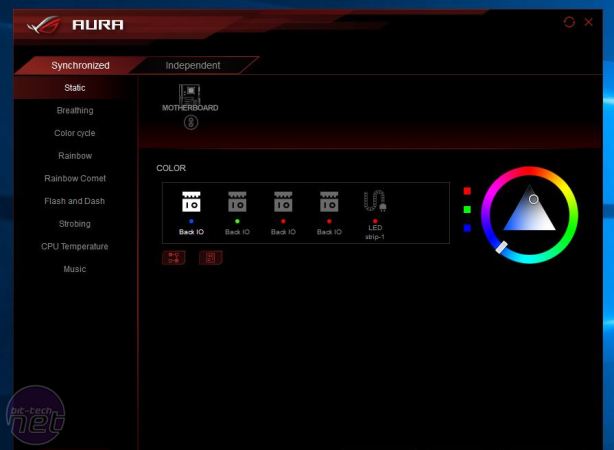
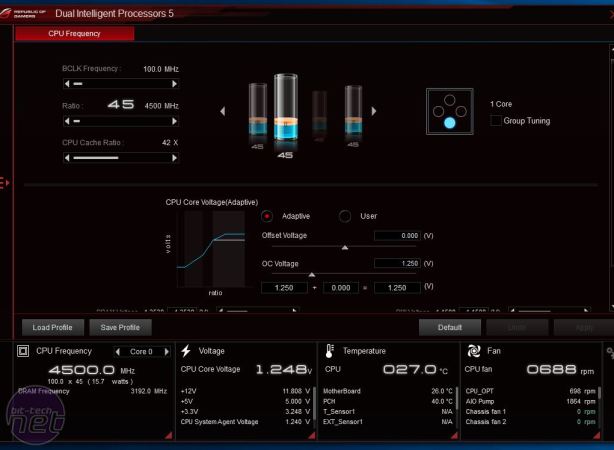
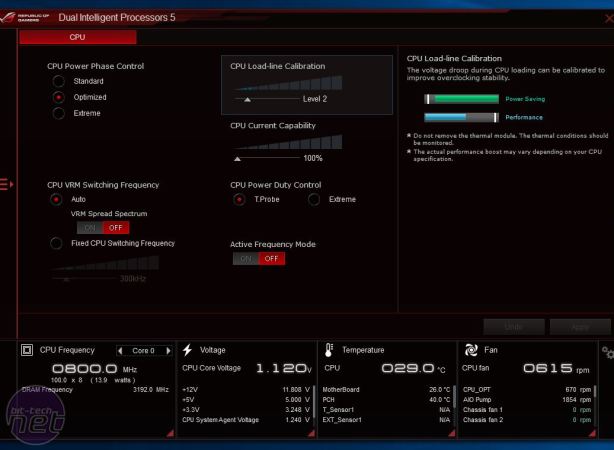
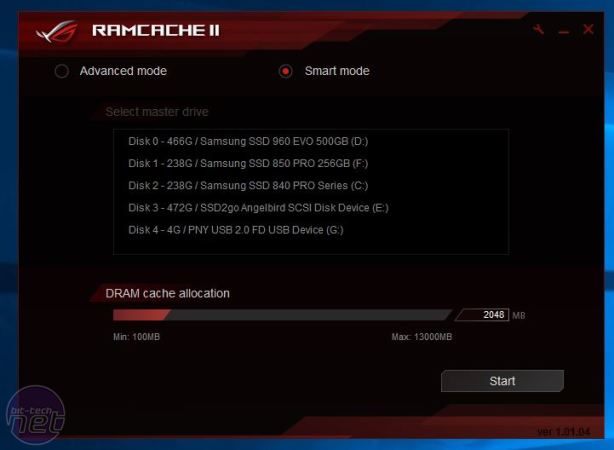
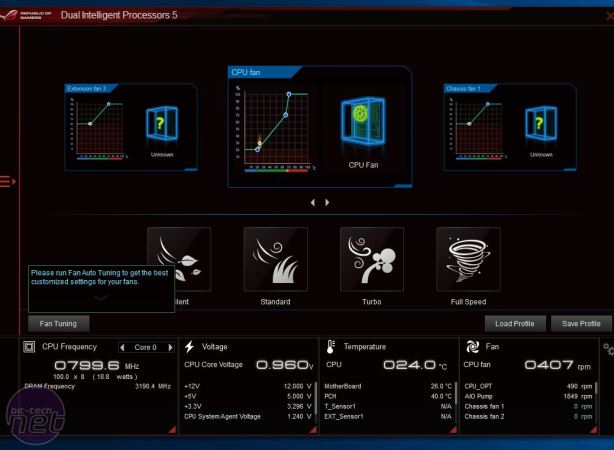
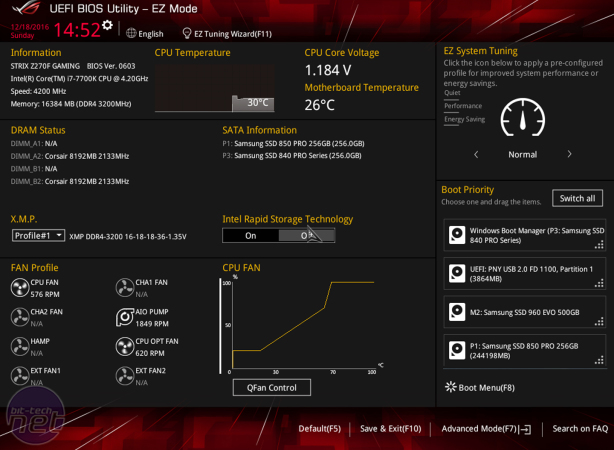

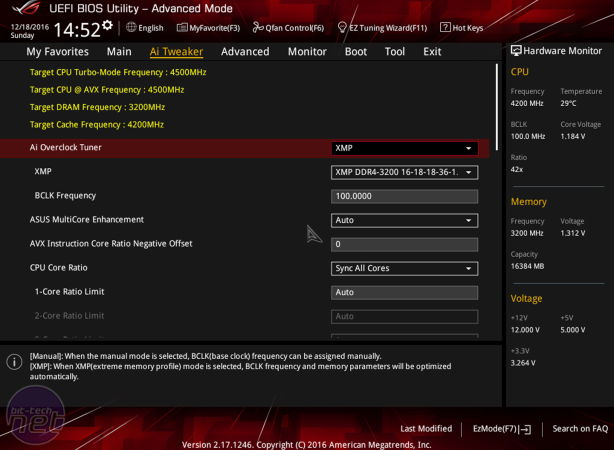
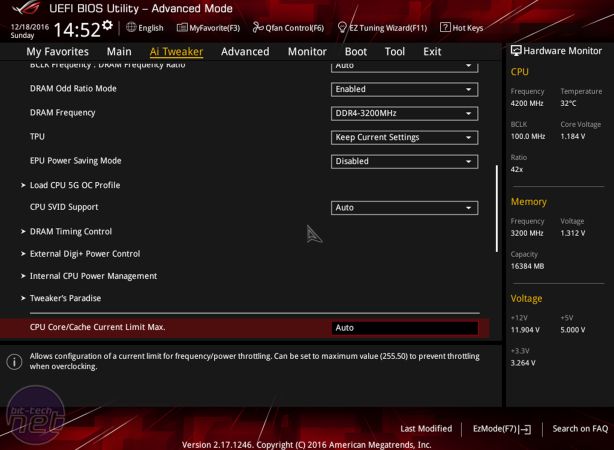
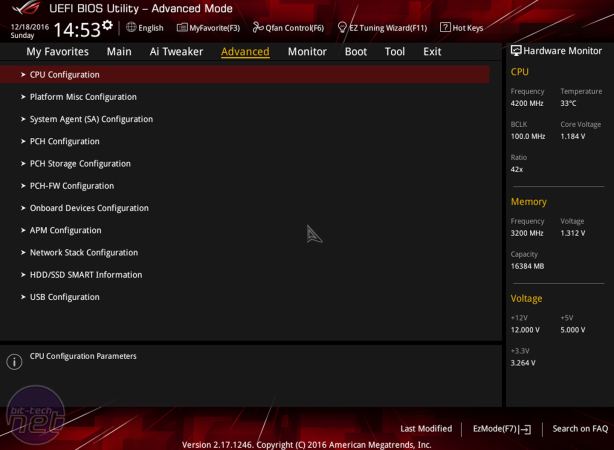
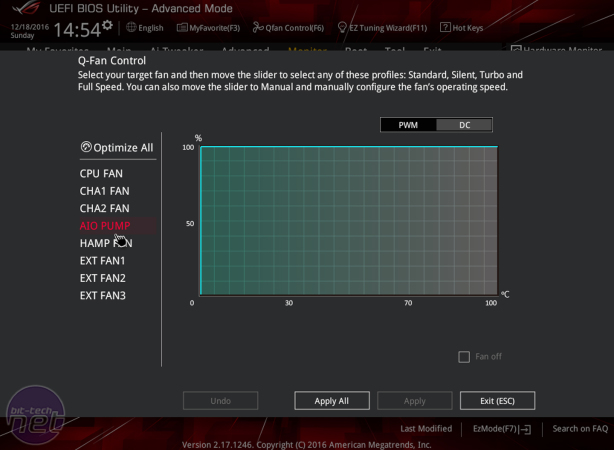
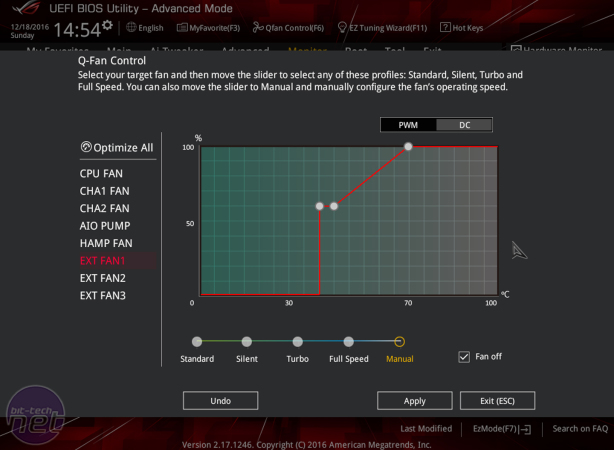
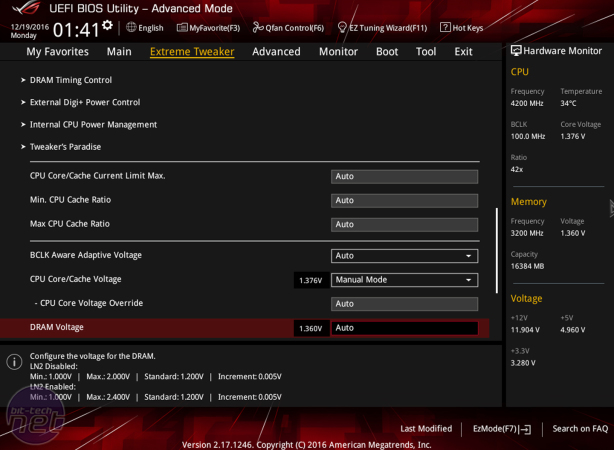
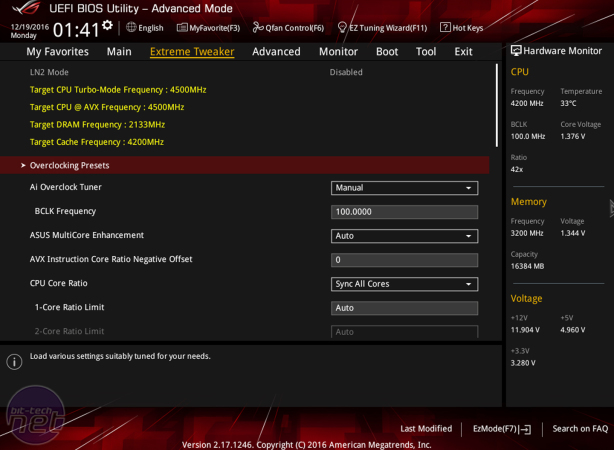
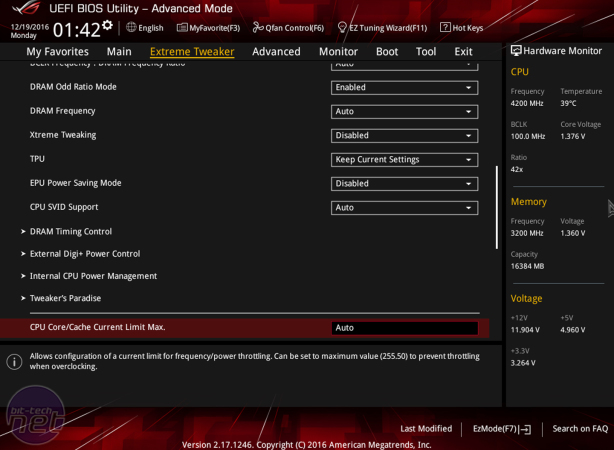
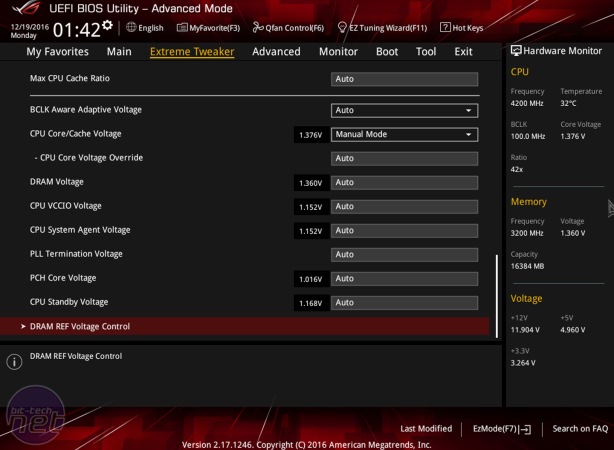
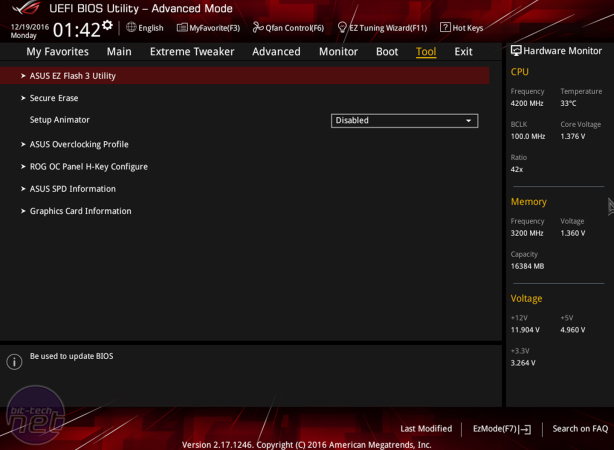







Want to comment? Please log in.